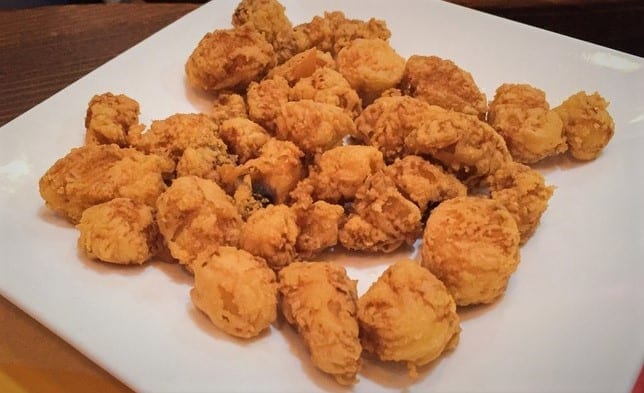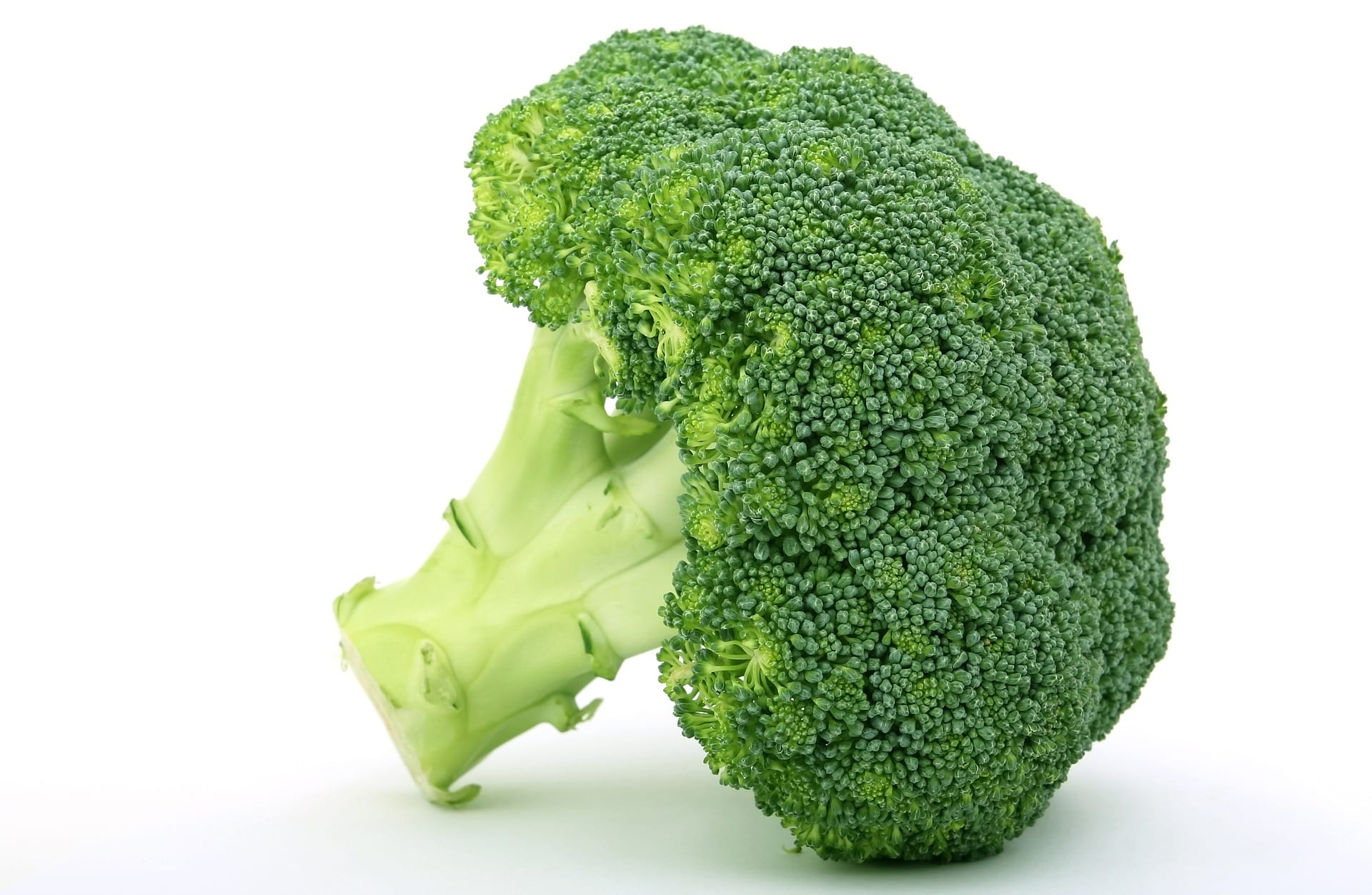It is one of the most traditional towns in our country, where its total population reaches 750.000 inhabitants. But, despite constituting this small minority, Its important role in the cultural and social panorama is interesting, as is the contribution of the delicious gypsy cuisine dishes. Surely some of these delicacies that we are going to present here sound a lot to you but you do not know that they belong to the gypsies. Those that beyond flamenco singingThey have also captivated us from the stove. There in the shadows, without wanting to make noise but managing to introduce some of his recipes national gastronomy. Let's find out what they are!
Origin in the 'cante triangle'
The Jerez chef Manuel valencia -one of the first gypsies to wear the chef's apron at the time- explains that, really, one cannot speak of the existence of a own gastronomy of this ethnic group. However, this does not mean that some gypsy cuisine dishes have crossed the borders of these populations to be part of the Spanish cookbook. And where? It should be remembered, previously, that this town is one of the oldest that inhabits the peninsular territory. Since the ... century XV, families live settled in various parts of Spain, especially Madrid, Catalonia and Andalusia. In particular, from the most traditional beginnings, it was in this last autonomous community where they began to influence the territory.
They first did it in their most expert field, with the sing and flamenco that were expanding in the known as 'cante triangle': Seville, Jerez and Ronda. The nomadic gypsy settlements began to disappear in favor of stays in fixed houses in these regions of southern Andalusia. This change was caused by the hiring of gypsies to work in farmhouses and vineyards of what they called clowns. From that moment, the mixing of peoples began. With it, also the fusion of cultures, both musical and gastronomic.
Precisely the Chef Valencia related in his book 'The gypsy cuisine of Jerez'how this introduction of some recipes that we all know but whose origin has not wanted to be exalted was produced. Because the claim from the minority to social integration with the rest of Spaniards has never been to the gypsy taste. It was the women of these families who treasured all the culinary knowledge. But, What did they bring to the meals?
Wild products, offal and stews
They started with wild plants like fennel, thistle or wild asparagus, to gradually add these foods to your preparations. Those in which there was also room for snails, artichokes and even edible mushrooms. According to the chef from Jerez in his work, the gypsies were pioneers in using mushrooms and others of these mushrooms in your culinary preparations. When the payos realized the talent that the gypsies had in the kitchen, they were soon asked to cook. Thus, they were able to progress with other traditional gypsy cuisine dishes that expanded by Andalusia.
Some examples were seen in the often (Andalusian tripe), the hills or stew with pringá. Even certain personalities of gypsy gastronomy introduced these offal recipes. A note here: before those remains of cattle were known as "gardingas" in Andalusian lands. Thus arose the Sacromonte tortillas (in Granada), for example. But the contribution of the ethnic group to the national cookbook did not end there (far from it), since another important specialty fell on stews such as cabbage, full of legumes and typical of Jerez. Or also the stewed lentils, beans or chickpeas.
Emblematic dishes of gypsy cuisine
The social evolution that the gypsy people were adopting at the same time led them to to fish in Andalusian waters and from there came equally delicious delicacies. Certain Marine species who did not have a presence in the kitchen ended up winning it thanks to the valorization of the gypsy cooks. Two good examples that are also two emblems of gypsy cuisine dishes and even Andalusian are the marinated dogfish and tortilla of prawns. The first is a shark, although other fish such as swordfish or porbeagle were also used for the same frying. Despite the fact that cooking required a lot of work in handling and cleaning the product, the gypsies saw it as a golden opportunity. With the shrimp they did something similar. It is believed that this second recipe was born in a gypsy neighborhood of San Fernando (Cadiz).

In short, this is the story of the gastronomic integration of an ethnic group that just yesterday, April 8, celebrated like every year its International Day of the Gypsy People. Now that you know what the gypsy cuisine dishes are, surely when you eat one you will remember where it comes from.






